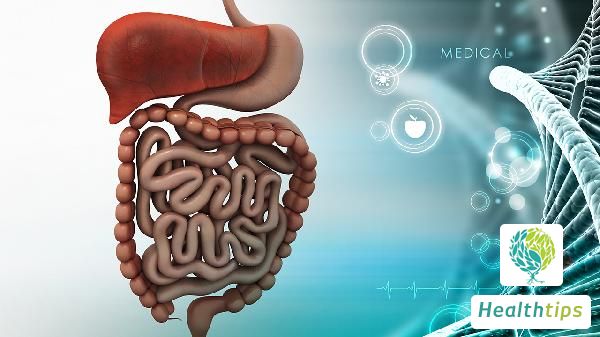What are the typical symptoms of tubular villous adenoma?
The typical symptoms include: constipation, rectal bleeding, changes in bowel habits, abdominal pain, diarrhea, abdominal bloating, skin and mucous membrane pigmentation, anemia, etc. The specific manifestations are: most polyps are hidden and clinically asymptomatic. Some large polyps can cause intestinal symptoms, mainly changes in bowel habits, increased frequency, mucous or bloody mucus in stool, occasional abdominal pain, and anal swelling due to a few large stools. Some patients may have long-term rectal bleeding or anemia. Family history often suggests a diagnostic clue for polyps. Some typical extraintestinal symptoms often indicate the possibility of polyposis, and some patients often receive treatment due to extraintestinal symptoms, which cannot be ignored. For example, the possibility of Gardner syndrome should be considered in cases of multiple osteomas and soft tissue tumors, and the possibility of Peutz-Jeghers syndrome should be considered in cases of skin and mucous membrane pigmentation. Some authors point out that for patients with suspected polyposis, even if there is no family history of polyps, colonoscopy should be performed regularly to eliminate the possibility of syndromes.




















